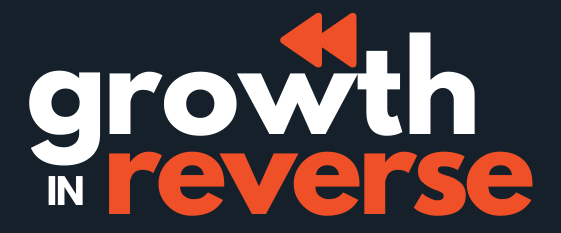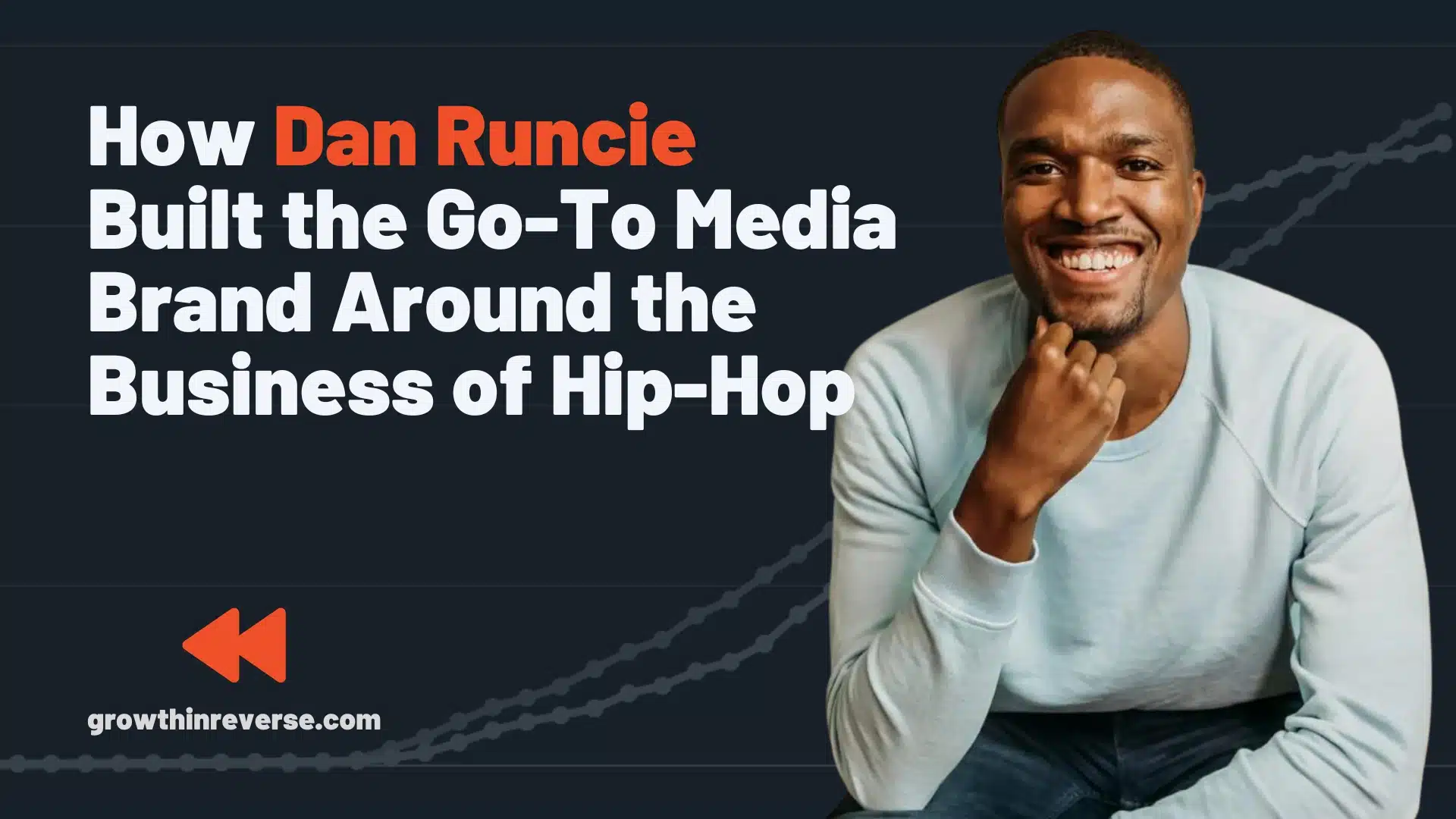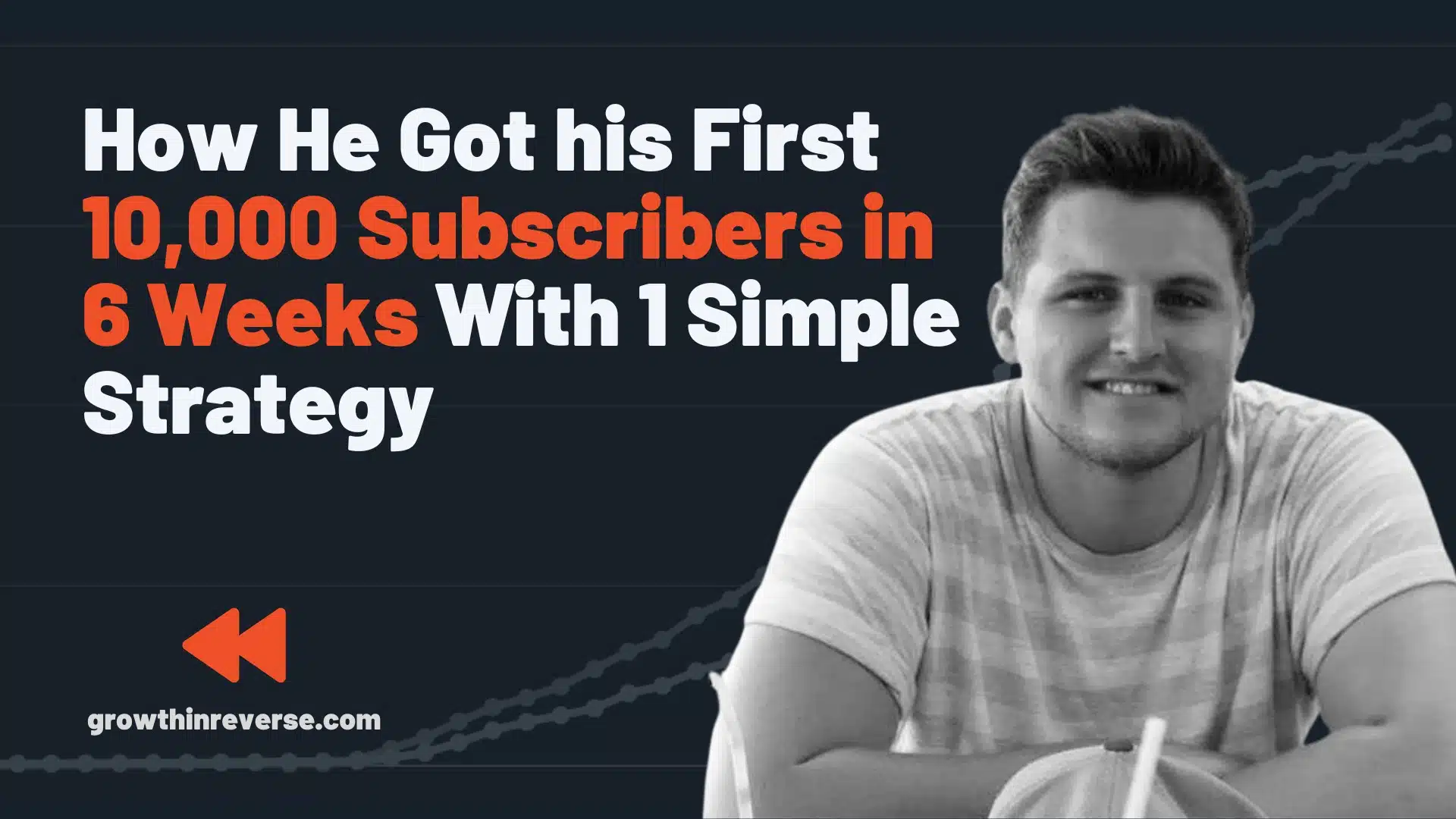George Mack is one of those people who doesn’t get a ton of callouts from creators but is widely respected among bigger names in the space. I mean widely respected.
He’s followed by people like Naval, Trung Phan, Chris Williamson, Shane Parrish, a few billionaires, and countless VCs and founders of huge businesses.
He is the epitome of creating great content and focusing less on the mini-tactics of how you can grow your audience.

George runs two newsletters, his own that he calls the “Lindy Library” where he shares the 0.1% of ideas, essentially sharing more signal than noise. If you aren’t familiar, lindy refers to something that’s been around for a while. Instead of getting a lot of “new” ideas, he studies time-tested and proven ideas.
The second newsletter, The Ad Professor, is more of a lead generator for his marketing ad agency, Multiply, which he runs with his co-founder Josh Kalms.
They send out a compilation of amazing ads from the past, along with the principles behind why the ads were so ahead of their time.
The Growth Timeline of George Mack
While many of the past deep dives have shown a growth timeline that is consistently up and to the right, George’s is a little different.
He is consistently putting out content, but he’s also had some huge spikes which adds some months of hypergrowth to the timeline.

I’ll walk through some of these in more detail and show you how they happened.
The 5 Growth Levers
There are a number of growth levers George has used to grow his audience and newsletters. But he doesn’t spend as much time on tactics as your average creator.
♻️ 1. Content loops. Social media grows your newsletter, but how do you turn that into a loop where your newsletter can grow your social audience?
🎮 2. Gamify your projects. Why is it that people can spend hours playing video games, but when it comes to work they struggle to get things done? George spent time trying to figure it out and ended up with this brilliant idea.
⚖️ 3. Asymmetrical opportunities. Some opportunities have huge upside and little downside, and George consistently creates these opportunities with this mental model.
⏮️ 4. Reverse engineer the group chat. Many creators start with an idea they have, create the content, and hope for the best. Not George, he’s thought through how it gets shared before he even creates the piece.
🤝 5. Building high-quality connections. No creator will go far without connections. And when it comes to relationships, quality is usually much more impactful than quantity.
1. Content Loops ♻️
One of the really cool things that George does is create content loops.
Every week, George creates a post on Twitter that shares the overview of the topic or idea he’s covering that week in the newsletter.
In the newsletter he’ll share the link to that Twitter post, encouraging people to share it on social.
This is brilliant because he’s helping to give that social post a little bump as soon as it’s published, and he’s giving his readers a way to easily share the ideas he’s just laid out within the newsletter.
Here’s a visual way to look at it.

This is a very simple flywheel but it’s a powerful one.
Let’s walk through a real-world example of him doing this exact thing just yesterday.
First, he gets the newsletter all ready to go so he can send it out right away.
Then, he writes a Twitter post that is essentially a condensed version of the newsletter.
He published that tweet at 5:32 AM:

Then he heads over to ConvertKit and adds a link to that Tweet asking people to share it:

Then he sends out the email just 2 minutes after the tweet goes out:

Getting a little extra push on a social post is a great idea because it has a better chance of spreading.
We saw this with Harry Dry from Marketing Examples as well, and it turns out the two guys are friends, so I can’t tell you who came up with this idea first 🙂
2. Gamify Your Projects 🎮
This isn’t necessarily a growth lever in the traditional sense, but when I heard him talk about this on a podcast, my mouth literally dropped open.
George was talking about how he was doing research on which industries make the most money, and realized that the video game industry makes more than TV, music, and movie industries…combined.
He thought about this and realized they must know more about human psychology and how to hook people in better than 99% of other industries. He wanted to learn how they did this.
He realized that one of the reasons someone can play hours of video games but not do other tasks with the same excitement is based on the levels.
With a video game, Level 1 is super easy, you get a quick win and move on to Level 2. But with work projects, it’s so much more daunting.
He’s started creating “levels” for each project he works on.
Here’s a screenshot he posted on Twitter:
This is absolutely brilliant and I’m going to start using this.
It’s almost like breaking down projects into tasks AND creating levels out of them so you know what you’re aiming towards.
3. Asymmetrical Opportunities ⚖️
This is one of my favorite mental models and growth levers George has used.
He likes to think of this as the relationship between the upside and downside of any action.
There are asymmetrical risks, where the downside is huge and the upside is very small.
Think of texting while driving:
- The upside: you send a friend a text
- The downside: you could get in an accident, or harm yourself and others
Not a great tradeoff right?
Asymmetrical opportunities are the opposite of that. The downside is very small and the upside is massive.
He says that one of his favorites is DMing someone on social media.
- The upside: he could build a relationship with that person, or even end up
- The downside: he wasted a few minutes of his time
He looks for opportunities like this in everyday life and has been able to capitalize on more than a few. One of the bigger ones, we’ll talk about in the next section.
Connecting with Rick Rubin
Rick Rubin, co-founder of Def Jam Records, is even a fan of George’s work.
George said he must have seen one of his threads and thought it was super interesting. He ended up sending him a free copy of his book, which George posted about after reading it.
Not only is it really cool that Rick reads his stuff and is a fan enough to send him his book, but this post is also signaling to high-performers that others like them enjoy it.
This ties into taking asymmetrical bets: spend time on your content, publish it, and the upside is massive.
The moral of the story here is that you never know who is reading your content and what will come from it.
4. Reverse Engineer the Group Chat ⏮️
George has been working on marketing campaigns since at least 2017, so he has a lot of really smart marketing ideas. This is one of my favorites.
Optimize for the group chat.
Instead of focusing on what content to create and figuring out distribution later, he swaps the two:
Think about what gets shared in group chats first, and then create the content or campaign that will fit that.
Here’s a great tweet he wrote in 2022 about this:
I feel like all of his long-form content falls into this camp anymore, which is probably how he consistently goes mega-viral on Twitter.
Like this tweet that ended up with 7.7 million impressions:
Why would this get shared in group chats?
- The content is interesting to almost everyone
- Each tweet hits on one of the main topics people are worried about today: the media, growing population, causes of death, social media, etc.
- The topics are widespread, but the facts are things we’re not talking about
- With such a diverse set of topics, almost everyone can find something to share with a group of friends they’re in
A few months later, he repurposed that format, and swapped out some of the concepts:
24.9 million views
He essentially took a bunch of the really important topics that people are talking about but the media isn’t covering, and combined them into a thread.
It’s super valuable, and really easy to share because each tweet stands on it’s own.
Reverse engineer the group chat and your content can become much more powerful.
5. Building Connections 🤝
This is a more difficult one to replicate, only because I can’t see into people’s DMs or emails, so I’m going off of hunches and hints that have been dropped in various places.
George has been able to get on the radar of huge names like Naval, Chris Williamson, and even Rick Rubin.
Chris Williamson
George has been on Chris Williamson’s podcast “Modern Wisdom” 5 times since 2018. In case you are unfamiliar, Modern Wisdom is a top 50 podcast in the US among all categories, making this is a massive opportunity for George.

So how did this happen?
He took advantage of asymmetrical opportunities.
George mentions in one episode with Chris that he reached out to him early in his podcasting days. I’m not sure if his angle was to help him or just say he enjoyed the show – whatever it was worked.
I think he found Chris based on episode 5 of Modern Wisdom, where Chris interviewed Dominic McGregor, who was a co-founder of Social Chain.
If you recall from above, Social Chain is the agency that George worked at back in 2018 when the episode was recorded. He might have even met Chris in person since the podcast was recorded at Social Chain’s headquarters. Or he might have just listened to it afterward to support his boss.
The episode went live on May 29, 2018, and George and Chris had their first “public” Twitter interaction just a few months later in August of that year:
So somewhere between those timeframes, he must have sent Chris a DM offering to help, or saying he liked the show and the two became fast friends.
Trung Phan
Trung Phan has exploded over the last few years, and has over 660k followers on Twitter and what seems like a direct line to Elon Musk.
He found George’s content either through a DM or from George commenting on his posts back in 2021.
George posted about a new habit he’s made: having two phones:
- The Cocaine phone: which has all of the social media and addictive apps.
- The kale phone: which only has a notes app, maps, and messages.
Trung saw this and tried it out for himself. It worked so well that he shared it in his newsletter a few months later. Trung is another guy who has a high caliber of people reading his work.

After he sent this out to his newsletter, George ended up getting on Fox News to talk about this Cocaine vs Kale phone:
It’s absolutely wild what can happen in this internet age we’re living in. And which relationships you can build on Twitter that end up getting you a slot on Fox News.
And more recently, George appeared on the Not Investment Advice podcast that Trung runs with Jack Butcher and Bilal Zaidi.
Results aren’t always linear, but with consistency, you can have a massive impact.
How You Can Replicate George’s Success 🗺️
While it’s going to be hard to grow as George has with the connections and following he has, there are a number of smart things George has done that you can learn from.
A. Build Strong Relationships
George has been able to have the success he has because of his connections. But these weren’t all just handed to him, he worked for a lot of them.
Reaching out to Chris Williamson early on has been a game-changer in terms of the visibility he gets from being on the podcast, as well as the connections he’s probably gained from that.
He says that he knew the downside was that he wasted 30 seconds DMing Chris, but the upside was enormous.
And he didn’t go into this knowing Chris was going to be a rockstar. He genuinely enjoyed what he was putting out there and reached out.
The same goes for content creation, you quite literally never know if someone like Rick Rubin or Naval is going to see it.
This is why it’s super important to not just look at the vanity metrics, and keep creating content.
B. Build Content Loops
When it comes to growing newsletters, it’s hard to argue that social media isn’t a great lever to pull to grow your audience faster. This can work for both LinkedIn and Twitter, as well as others.
By building content loops, you can help your social posts get more reach, which in turn can bring in more subscribers.
The trick with this is making sure you send out the email pretty soon after you publish it on social media.
C. Reverse Engineer the Group Chat
Before you go ahead with creating a piece of content, think about the goals you have for it and what will get shared in the group chats you hope it reaches.
While George’s content has mass appeal, you can do this on a smaller scale within your niche.
Think about what content the people in your audience are currently sharing with each other (or their audiences). Create some version of that and go build it.
This is a fantastic way to build your authority in a niche and get in front of some really impactful people, while probably building your own relationships.
Quality Over Quantity
Many of the deep dives I write are focused on growth tactics and strategies. George’s approach to his own content is more about learning the topics he’s interested in, and creating amazing, thought-provoking content with his audience.
This content attracts a high caliber of people, a percentage of whom will need his marketing agency services and then hire George’s team.
It’s a super roundabout way to get clients for his agency, while also being able to research and learn about the topics he’s interested in. And at the end of the day, if he ends up selling that agency, he’ll still be creating content for those people and has built a vast network of connections and friendships.
If you liked this, you might like the deep dive I wrote on Harry Dry of Marketing Examples, who is great friends with George but takes a much more tactical approach to growth.






